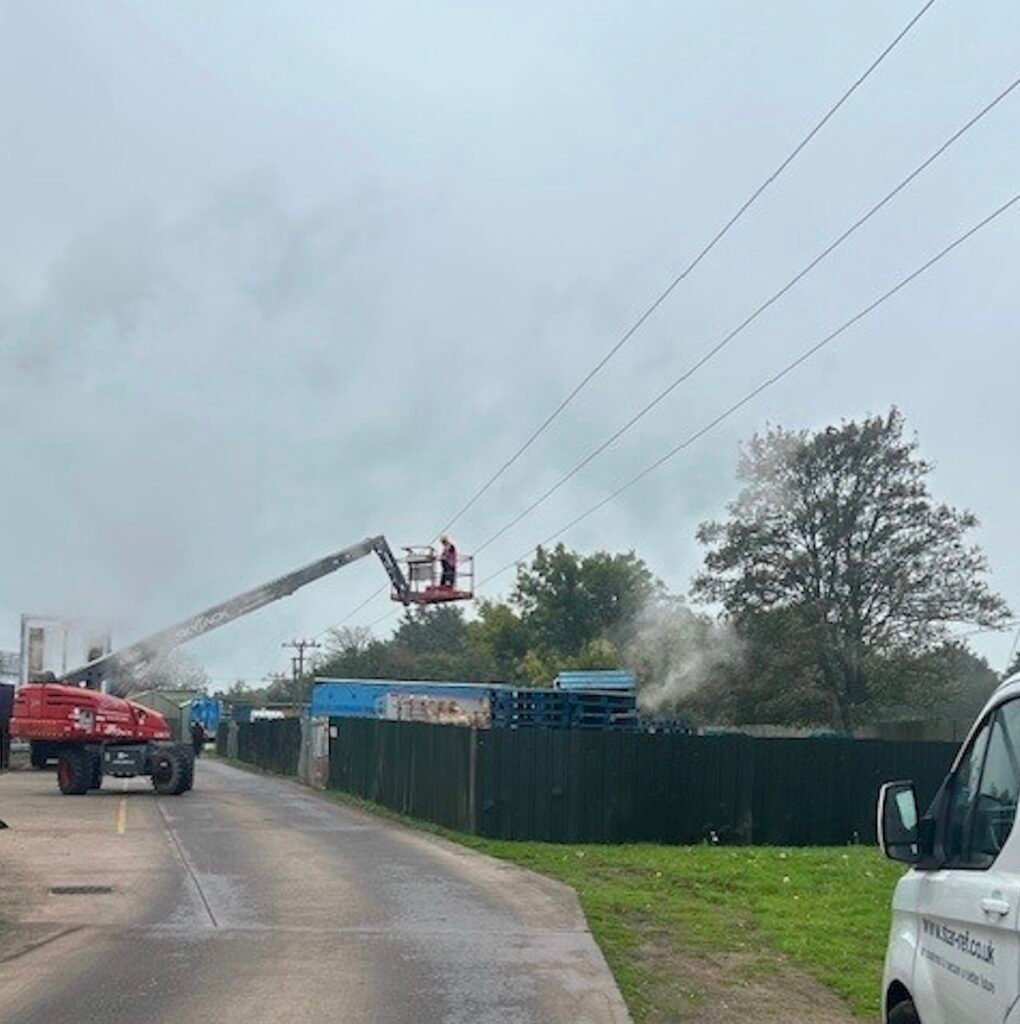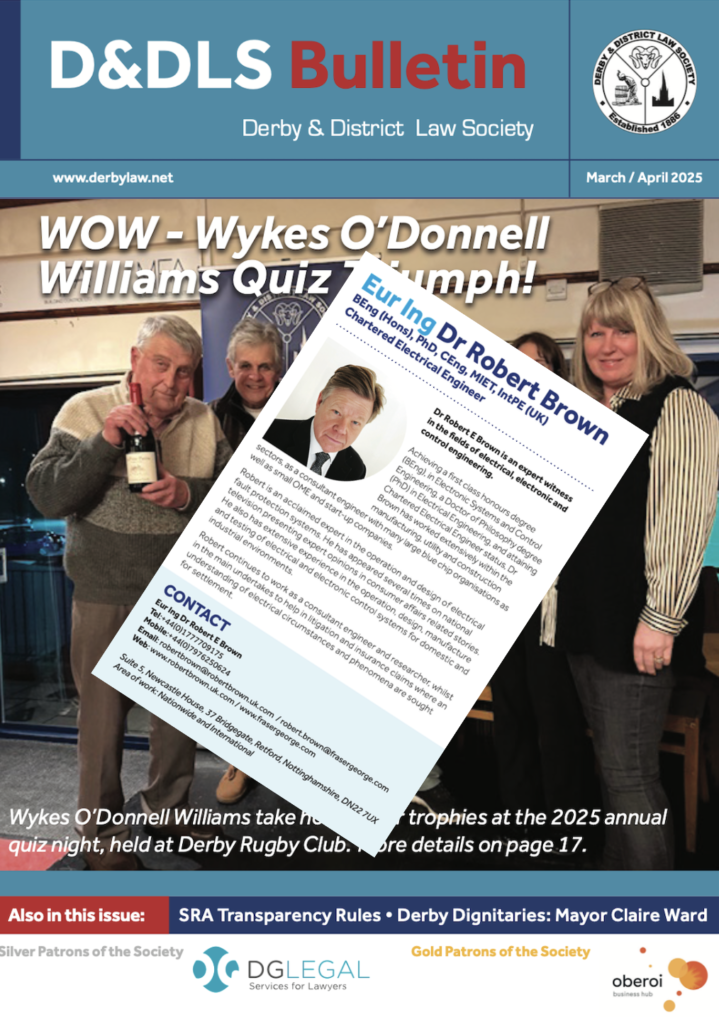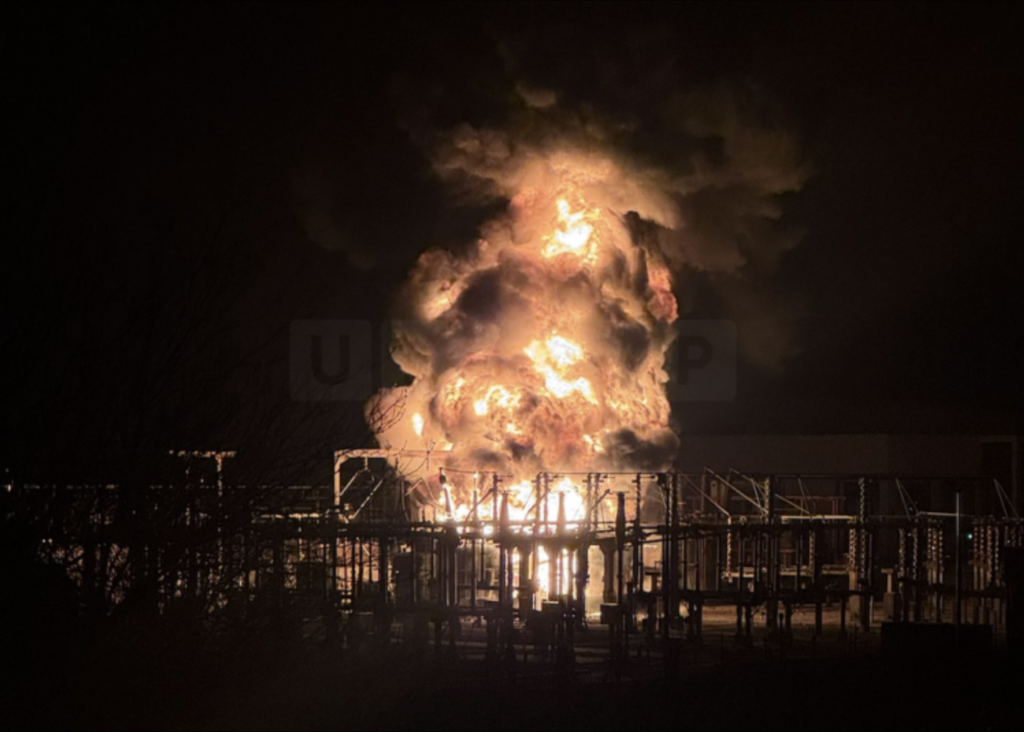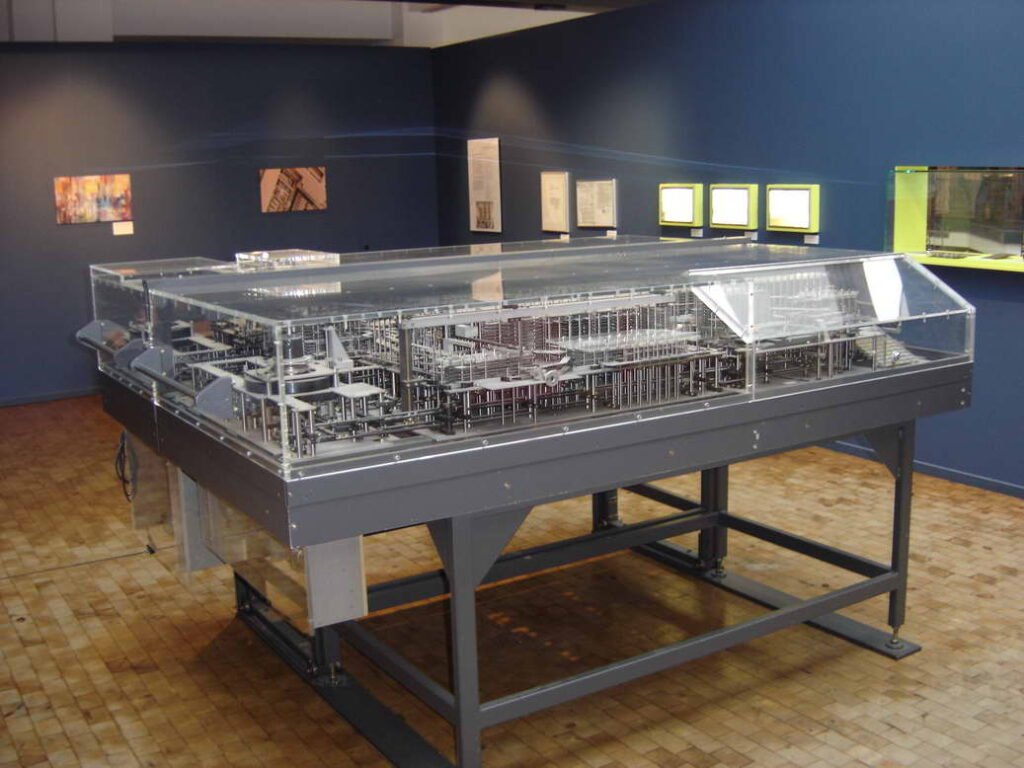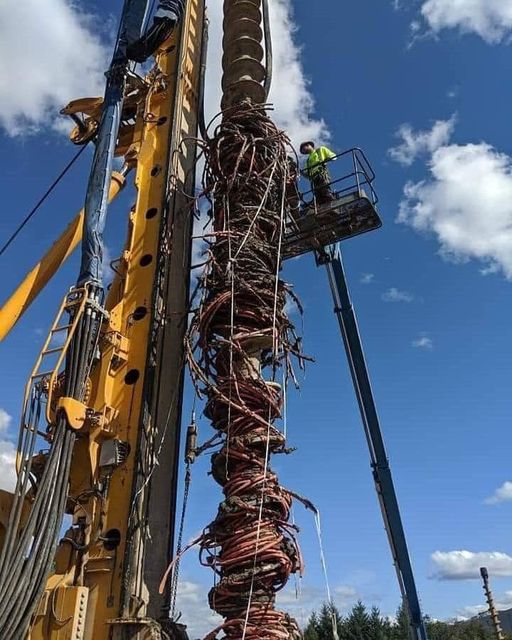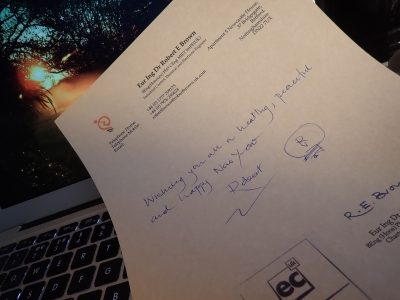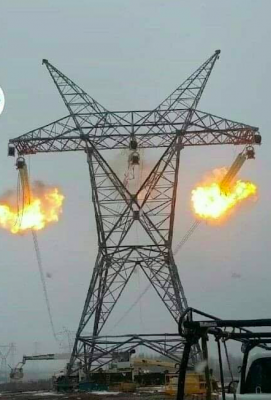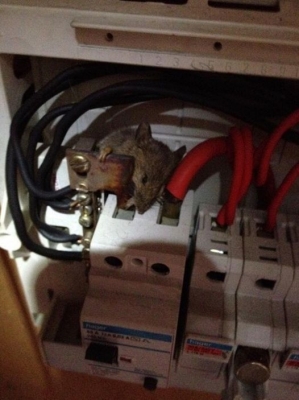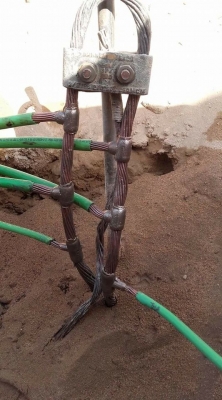Electrical Engineer Expert Witness? Electrical dispute? Do you require the services of an experienced electrical engineer expert witness? CPR 35 expert report? Contact Fraser George !!
Pioneers of Electrical/Electronic Engineering – John von Neumann (1903 – 1957)
In the pantheon of 20th-century genius, there are a few stand-out figures: Albert Einstein, Alan Turing, Steven Hawking, and, without question, John von Neumann belongs in their company, even if many have no idea who he is.
John von Neumann was one of the most influential figures of the 20th century. He is someone who has likely impacted your life more directly than just about any of the great minds of the past 150 years, touching on everything from quantum mechanics to climate science.

Von Neumann’s biggest contribution is the modern computer, taking the brilliant theoretical framework laid down by Turing and actually constructing the architecture that would eventually power just about every digital computer ever made.

More controversially, von Neumann made significant contributions to the Manhattan Project during World War II, including refining the design of the atomic bomb itself and the mechanism critical to its functioning.
Unlike some other Manhattan Project veterans, von Neumann never expressed regret over his role in the project and even promoted the policy of Mutually Assured Destruction during the Cold War.
John von Neumann is a complicated figure — to say the least — but he has few equals in the 20th century, and he is arguably more responsible for the modern world than just about any of his contemporaries.
Early career
John von Neumann published early, starting at the age of 20 when he wrote a paper defining the ordinal numbers, which is still the definition we use today. He wrote his Ph.D. dissertation on set theory and made several contributions to the field in the course of his life.
While von Neumann might have seemed destined for a promising career in the German academy, in October 1929, he was offered a position at Princeton University in New Jersey, which he fatefully accepted, traveling to the US with his wife in 1930.
Emigration to the United States
By 1933, John von Neumann became one of the original six mathematics professors at the newly founded Institute for Advanced Study in Princeton, a post he would remain in for the rest of his life.
In 1937, von Neumann became a naturalized US citizen and in 1939, his mother, siblings, and in-laws all emigrated to the US as well (his father had died earlier).
The War Years
One of John von Neumann’s most significant contributions to history was his work on the Manhattan Project during the Second World War.
True to form, von Neumann couldn’t let a mathematical challenge go unresolved, and one of the more difficult problems was how to model the effects of explosions.
Von Neumann threw himself at these problems in the 1930s and became something of an expert in the field. If he had a specialty, it would have been on the mathematics of shaped charges, which are used to control and direct the force of their explosive energy.
The implosion-type bomb required even more sophisticated controls to generate the reaction, but it also would not require nearly as much material as the prevailing gun-type bomb design being developed at Los Alamos.

An implosion-type device uses a series of controlled conventional explosions to compress the fissile reactant in its core. Under this pressure, the fissile material quickly starts a nuclear fission chain reaction that is held in place by the force of the implosion, allowing more fissile material to release its energy.
Controlling these explosions to create the exact right implosive force to produce the desired reaction was a challenge that von Neumann took on with considerable passion. He believed that using less material shaped into a sphere and properly compressed by an implosive force could generate a more efficient and effective explosion that used as much of the available fissile material as possible.
Post-War Work on Nuclear Weapons
Like a lot of Americans in the early Post-War era, John von Neumann was concerned about America falling behind the Soviet Union in nuclear weapon development. By the late 1940s to early 1950s, it was becoming evident that the idea of strategic bombers dropping more Fat Men on the enemy was falling away to new rocket technology.
The race was on to build small enough H bombs that could fit into a warhead on the top of an intercontinental ballistic missile and von Neumann aggressively pushed to close the “missile gap” with the Soviets.
Building the First True Computers
John von Neumann met Alan Turing in the early 1930s while Turing was working on his Ph.D. at Princeton, but he had known of him even before then. In 1937, Turing had published his landmark paper “On Computable Numbers” which casually laid the theoretical foundation for modern computing.
Von Neumann recognized the significance of Turing’s discovery and furthered the development of computer science in the 1930s, including long discussions with Turing at Princeton around the idea of artificial intelligence.
Without question, von Neumann’s most lasting contributions to the field of computer science are with two foundational concepts used in every computer running today: von Neumann architecture and the stored-program concept.
Von Neumann architecture involves the way the physical electronic circuits that make up a computer are organized. His design for the computer consists of an Arithmetic and Logic Unit (ALU), a Control Unit, and Temporary Memory Registers that together make up a Central Processing Unit (CPU).
This CPU is connected to a Memory Unit that contains all of the data that is going to be processed and manipulated by the CPU. The CPU is also connected to input and output devices to alter data as needed and retrieve the results of a running program.
The Death and Legacy of John Von Neumann
On February 8, 1957, von Neumann succumbed to cancer at the age of 53 and was buried at Princeton Cemetery in Princeton, New Jersey.
John von Neumann’s brilliance is unquestionable, though his legacy, — especially his work on nuclear weapons — is more complicated than his friends and admirers would probably want to admit. It takes a different kind of mind indeed to look at an atomic bomb and innovate ways to make them even more deadly to take even more lives. No matter where we land on John von Neumann in the end, all we can say for sure is we aren’t likely to see a mind of his calibre for another generation or more.
About Dr Robert Brown:
Eur Ing Dr Robert Brown (Robert) is the Executive Director of Fraser George and Associates Limited and is a Consultant and Forensic Engineer in the fields Electrical Electronic and Control Engineering.
Robert is an accomplished professional Electrical Expert Witness having prepared and presented many court compliant reports and presented oral evidence within the High Court, Crown Courts and County Courts.
Robert is a registered Chartered Electrical Engineer, specialising in the fields are control engineering, parameter data capture and accurate data ‘representation’. Robert graduated from Sheffield Hallam University with a first class honours degree in Electronic Systems and Control Engineering and followed this by completing doctorate research in Electrical Engineering, again at Sheffield Hallam University where Robert undertook research studies in the field of Disintegration and Arcing in Electrical Fuses. Robert is now considered to be a leading world expert in the field of electrical circuit protection systems, the phenomena of electrical fuse operation and the attributes of clearing ‘fault’ electrical current circumstances. Robert has published my pure and applied research studies in peer-refereed journals and at conference.
In his spare time Robert is a Formula 1 motor racing enthusiast and enjoys outdoor activities especially hill walking and scrambling, golf and fishing. Robert is a brass band enthusiast, a tuba player and band manager of Hatfield and Askern Colliery Band. When time allows Robert also enjoys travelling and reading any books associated with travel and popular science.
Robert’s Curriculum Vitae:
https://drive.google.com/file/d/1GihZlqFQgqj2GUvJ6Qyq8C0qUk_ex9K1/view?usp=sharing
Robert’s litigation specialisms:
https://drive.google.com/file/d/1j82-viH_6kWaegdLl_GRRAFcEaHUm0wM/view?usp=sharing
Robert’s case portfolio:
https://drive.google.com/file/d/1xec5cowOe184V7ejCXKtHn8ELGKE0e3d/view?usp=sharing
Robert’s notable cases:
https://drive.google.com/file/d/11VUNbJOadHKOyEoOfY8xTZaAokElJAdH/view?usp=sharing
For further information please contact Robert via;
Email,…robert.brown@frasergeorge.com or robertbrown@robertbrown.uk.com
Tel Land: +44 (0)1777 709175
Tel Mobile: +44 (0) 7976250624
https://www.facebook.com/Fraser.George.Electrical.Expert
https://www.facebook.com/EurIngDrRobertBrown
https://www.linkedin.com/in/consultantrobertbrown
https://www.linkedin.com/company/21539092
Websites: www.frasergeorge.com and www.robertbrown.uk.com
https://frasergeorge.com/contact-us/
#ElectricalExpertWitness, #ElectricalEngineerExpertWitness, #ExpertWitnessElectricalEngineer, #ElectricalExpert, #ElectronicExpertWitness ,#ElectronicExpert, #ElectricalShock, #ElectricalRegulations, #ElectricalStandards, #ElectricalConsultant, #ConsultantElectricalEngineer, #ConsultantEngineer, #ForensicEngineerElectrical, #ForensicElectricalEngineer, #ElectricalRegulationsExpert, #ElectricalStandardsExpert, #ExpertElectricalEngineer,



